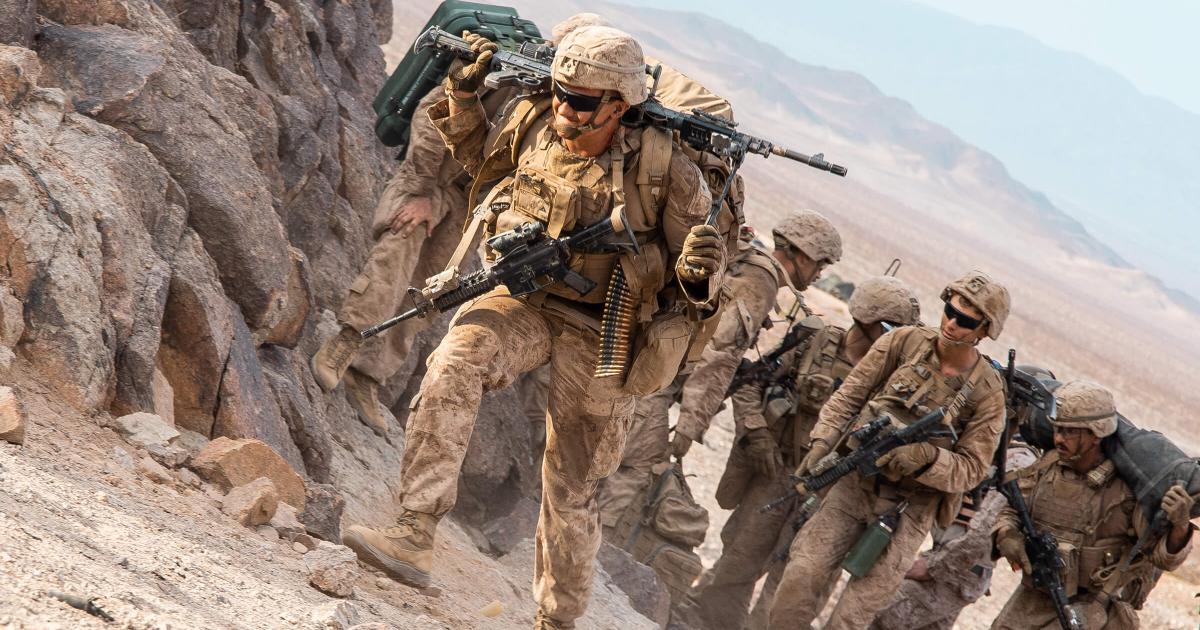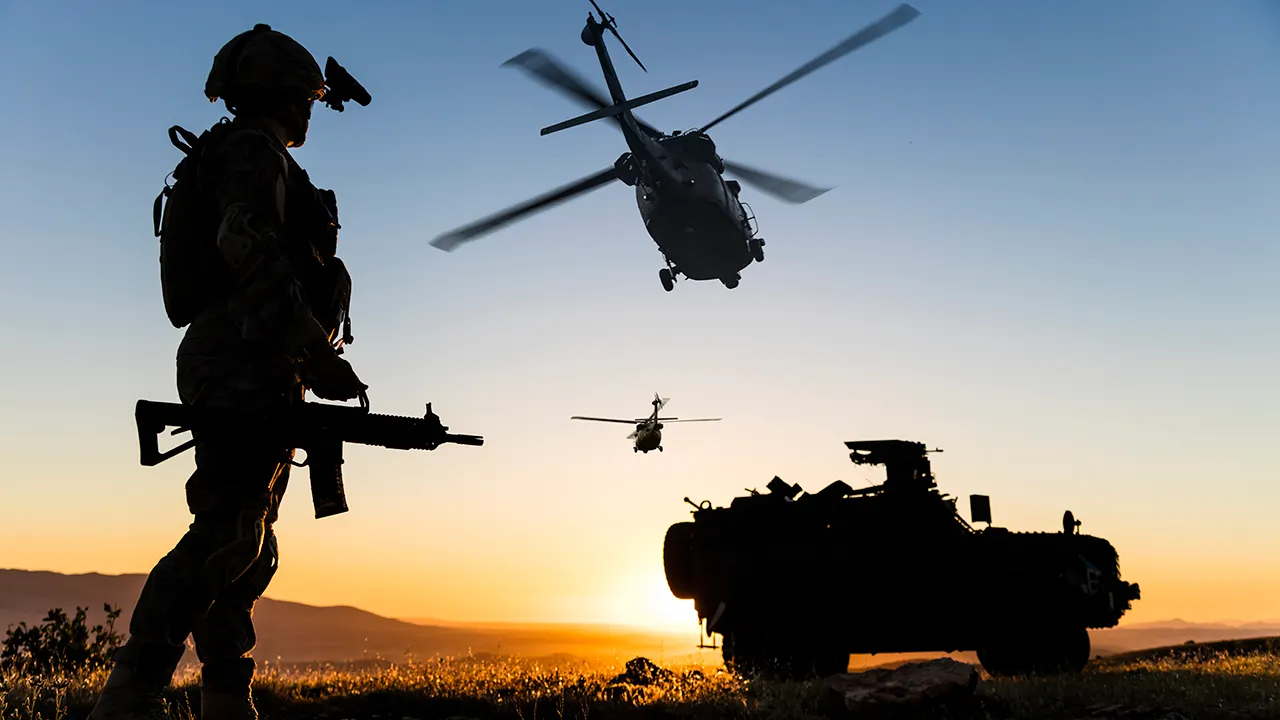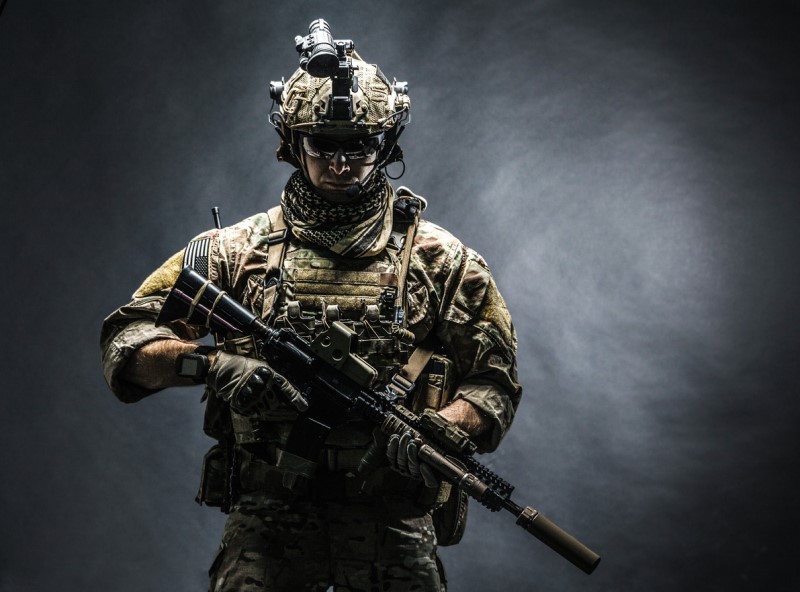Army Branches
In most countries the armed forces are divided into three or four categories: the Army, the Navy and the Air Force. Some nations also organize their marines, Special Forces or strategic missile forces as independent armed services. A number of countries have no navy, for geographical reasons.
The primary mission of the Army is to fight and win wars by providing land dominance promptly and whenever necessary. It is the branch responsible for land-based military operations. It is the largest branch of the military.
The mission of the Navy is to train and equip combat ready naval forces capable of winning wars, deterring aggression and maintaining freedom of the seas. From navy ships to aircraft, specialty vessels and weapons, navy sailors work with some of the most powerful machines ever put to sea. They specialize in crisis response, special operations, evacuations and humanitarian operations. All of these operations are carried out in order to protect and defend the nation and make the world a safer place.
The mission of the Air Force is to fly and win wars in air, space and cyberspace. It is responsible for conducting military operations in the air and space. It acts in defense of the nation by deploying aircraft to fight enemy aircraft, bombing targets, providing reconnaissance and transporting other armed services.
It is worthwhile to make mention of the term joint. In western militaries, a joint force is defined as a unit or formation comprising representation of combat power from two or more branches of the military.
The Branches of the Army are classified as basic and special branches, further divided into arms and services based on the normal functions and roles performed by the soldiers assigned to them.
The ARMS are those branches whose officers are primarily concerned with combat and combat support. Combat arms include those branches directly involved in the actual conduct of fighting: Infantry, Armor, Field Artillery, Air Defense Artillery, Aviation, Corps of Engineers and Special Forces. Combat support arms include those branches that provide fire support and operational assistance to the combat forces to secure victory on the battlefield: Signal Corps, Chemical Corps, Military Intelligence and Military Police Corps.
The SERVICES are those branches whose officers are mainly concerned with sustaining the operating forces in the theatre of operations at all levels of war. These include: the Adjutant General’s Corps, Finance Corps, Quartermaster Corps, Army Medical Corps, Chaplains Branch, Judge Advocate General’s Corps, Ordnance Corps, Signal Corps, Chemical Corps, Military Police Corps, Transportation Corps and the Veterinary Corps.



Коментарі
Дописати коментар